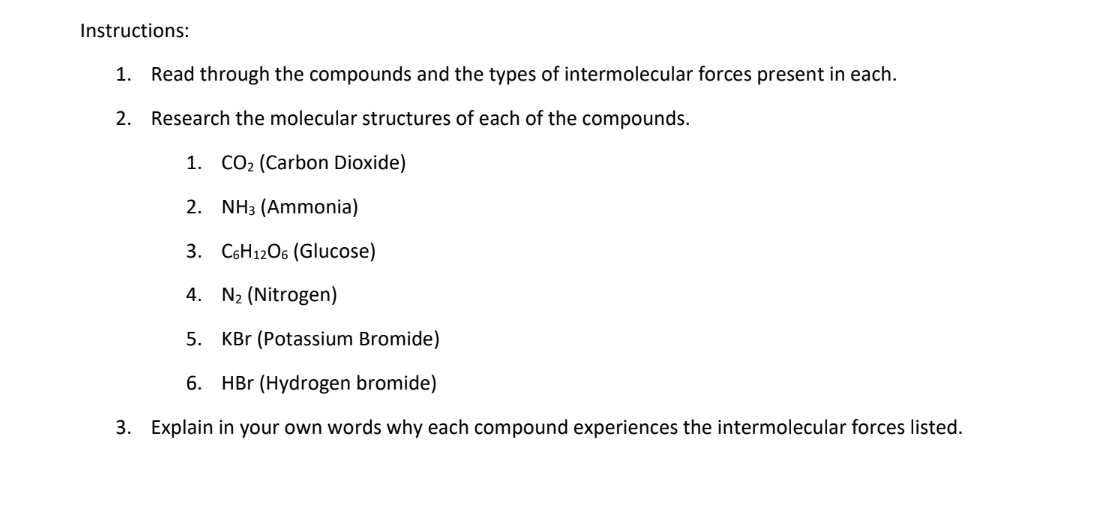Instructions: 1. Read through the compounds and the types of intermolecular forces present in each. 2. Research the molecular structures of each of the compounds. 1. CO₂ (Carbon Dioxide) 2. NH3 (Ammonia) 3. C6H12O6 (Glucose) 4. N₂ (Nitrogen) 5. KBr (Potassium Bromide) 6. HBr (Hydrogen bromide) 3. Explain in your own words why each compound experiences the intermolecular forces listed.
Thermochemistry
Thermochemistry can be considered as a branch of thermodynamics that deals with the connections between warmth, work, and various types of energy, formed because of different synthetic and actual cycles. Thermochemistry describes the energy changes that occur as a result of reactions or chemical changes in a substance.
Exergonic Reaction
The term exergonic is derived from the Greek word in which ‘ergon’ means work and exergonic means ‘work outside’. Exergonic reactions releases work energy. Exergonic reactions are different from exothermic reactions, the one that releases only heat energy during the course of the reaction. So, exothermic reaction is one type of exergonic reaction. Exergonic reaction releases work energy in different forms like heat, light or sound. For example, a glow stick releases light making that an exergonic reaction and not an exothermic reaction since no heat is released. Even endothermic reactions at very high temperature are exergonic.

“Since you have posted a question with multiple sub-parts, we will solve the first three sub-parts for you. To get the remaining sub-part solved please repost the complete question and mention the sub-parts to be solved.”
Introduction to Intermolecular forces
Intermolecular forces refer to the forces between molecules that are strong enough to influence the physical properties of a substance. These forces are electrostatic in nature and can be either attractive or repulsive. The most common types of intermolecular forces are hydrogen bonding, London Dispersion Forces, and dipole-dipole interactions.
Hydrogen bonding occurs when a hydrogen atom, which is covalently bound to a more electronegative atom such as oxygen or nitrogen, forms an electrostatic interaction with another electronegative atom. London dispersion forces are the weakest intermolecular forces and are caused by instantaneous dipoles that are formed when electrons are unevenly distributed in molecules. Dipole-dipole interactions occur between two molecules that have permanent dipoles.
Trending now
This is a popular solution!
Step by step
Solved in 4 steps with 3 images

Can you answer questiton number three please?








